The 48 MP photo mode of the DJI Mini 3 Pro is obtained by splitting each pixel into four smaller ones. It is useful in certain situations for extra detail and large prints in easy light conditions. But the resulting pixels are tiny and can only gather a limited amount of light, so the results in low light and high dynamic range are disappointing
After the release of the basic, more affordable Mini 3, I have made a specific comparison of the Mini 3 and 3 Pro for photography
Recently DJI has lowered the price of the Mini 3 and added the 48 MP mode to the cheaper model. My analysis in the article: Mini 3 vs 3 Pro, which lightweight drone to buy?
Other relevant articles I have written include:
- Photography with the Dji Mini 3 Pro
- Camera settings for photography with the Mini 3 Pro
- Best drone for photography
If you prefer to watch it as a video, you will find my YouTube version at the end of this article
Is the Photo Resolution of the Mini 3 Pro True 48MP?
The Mini 3 Pro has a Quad Bayer 0.77” sensor with a real resolution of 12 MP
This sensor can split each pixel into four smaller ones, creating a sort of 48MP resolution for a touch of extra detail in certain light conditions
In 48MP mode each pixel is much smaller, therefore the ability to gather light is reduced
Settings
We enter the 48 MP photo mode in the Photo/video menu
It works in both orientations, the traditional landscape, or the vertical mode specific to the Mini 3 Pro
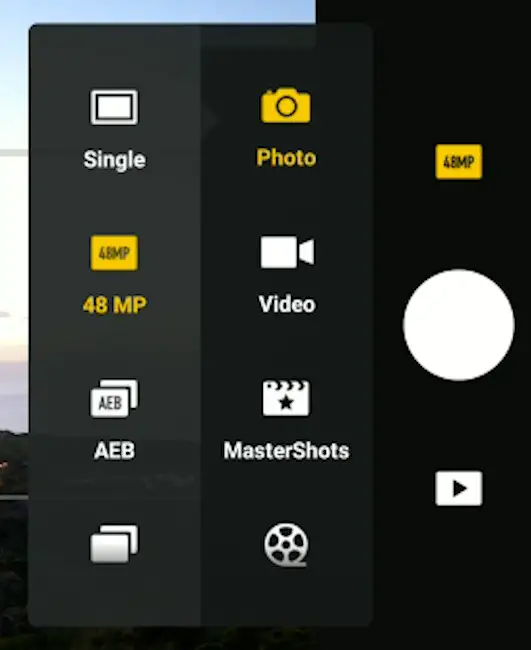
Automatic Exposure Bracketing and Panorama are not available in 48MP mode, but I will try to perform them manually later on in this article
Photo Samples
I have taken the same photos both in 12 MP and in 48 MP with the same exposure and white balance values, let’s see if we can spot some differences
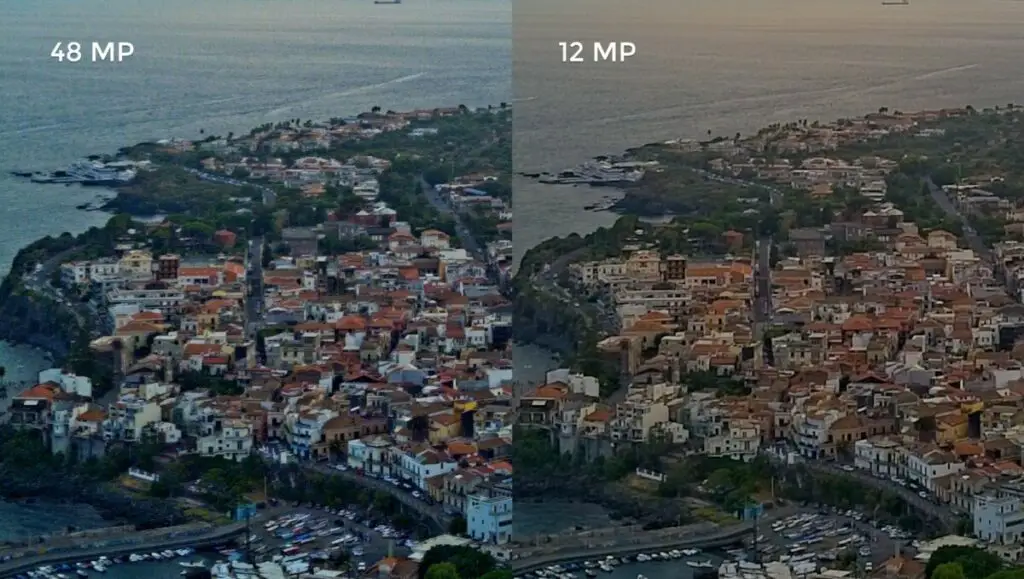
In this first image when zooming I can certainly see more detail and resolution in the houses of this seaside village, the more we move further up, the more we notice it
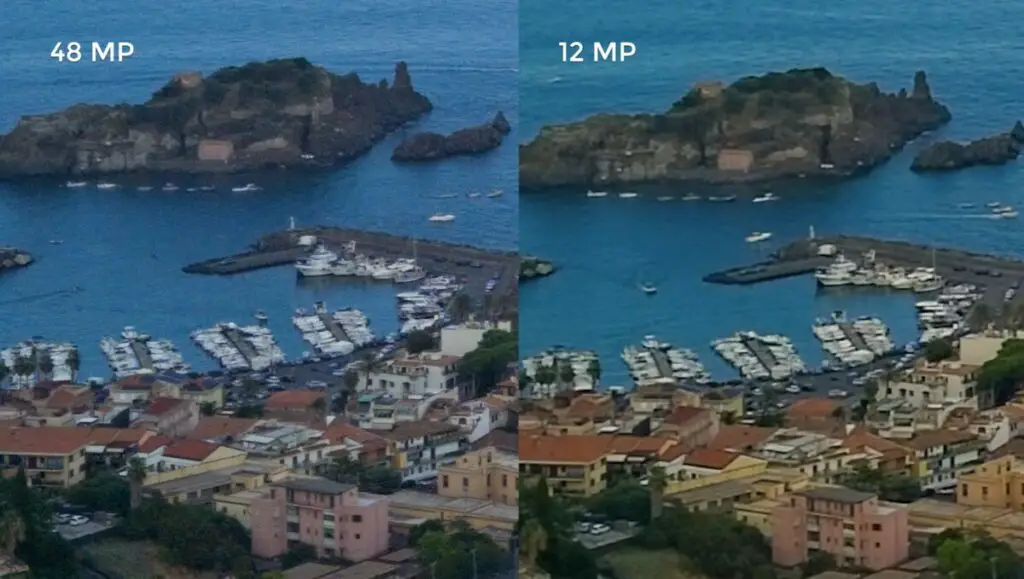
The same goes for this second image: even at this strong 300% Zoom, we can better discern the boats, cars, and houses
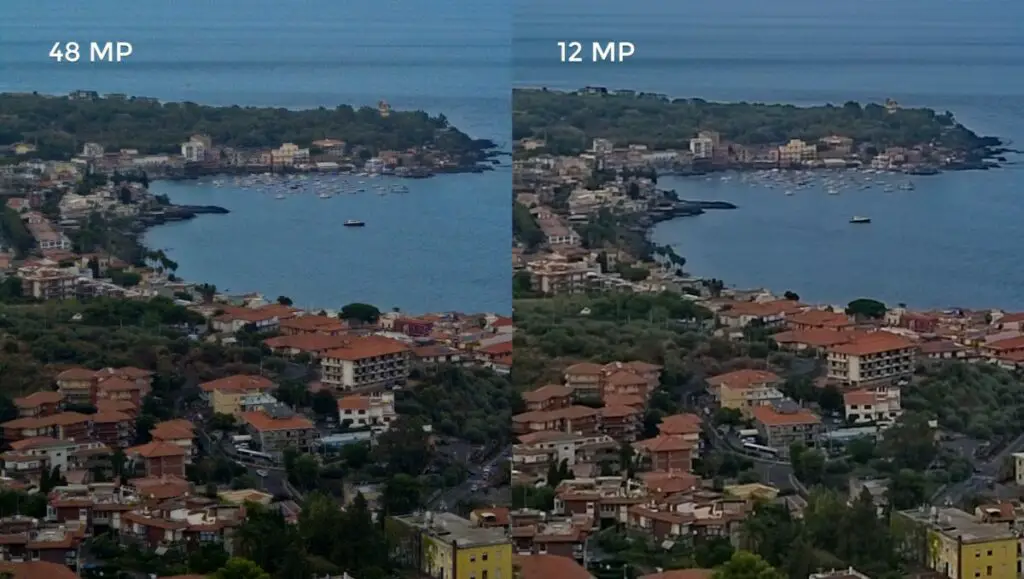
In this third image, the difference is even more evident
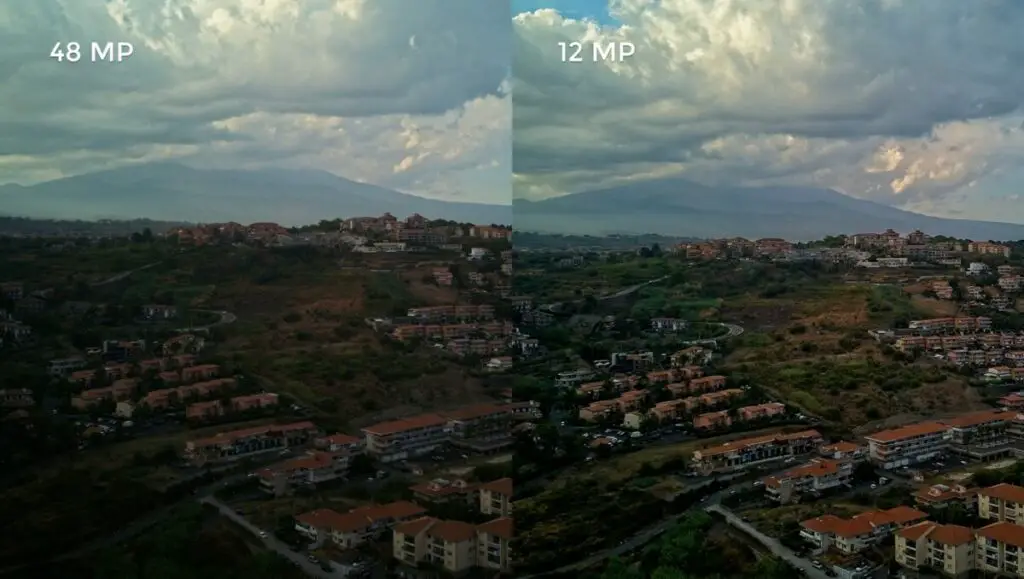
This image is a bit different, as it can be considered moderate to high dynamic range: the sun is to the left of the frame, at about 9 o’clock, but the clouds over Mount Etna reflect the light giving a relatively strong luminosity in the upper part of the image
If we expose to avoid burning the highlights, the elements of the ground will be quite dark, so we can test the ability of the sensor to recover the shadows while post-processing
Even in the full image, we notice that the elements in the ground have much more detail in the 12 MP photo
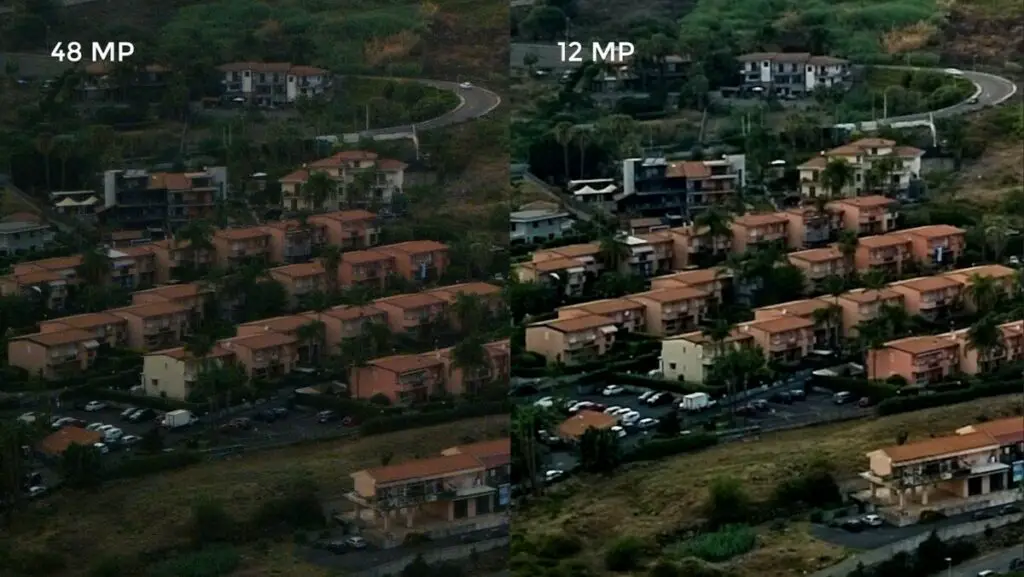
This is even more evident in the zoomed-in images
For editing and color grading all the images I have used the excellent Luminar Neo, the tool I use for editing and managing all my photos
You will find info about Luminar Neo together with a coupon for a 10% discount by entering the code “vicvideopic” using the button below
48MP Mode vs 12MP

With the first release of the firmware, images taken in high dynamic range situations had plenty of chromatic noise
Things have improved a lot since, but the results obtained with the 48 MP mode under these light conditions remain disappointing due to the tiny size of the pixels
The 48 MP photo mode of the Mini 3 is useful in certain situations for extra detail in easy light conditions
But it is misleading to announce a resolution of 48 MP. Some users might expect a better performance compared to the 20MP one of the Air 2S or the Mavic 3 and this is certainly not the case
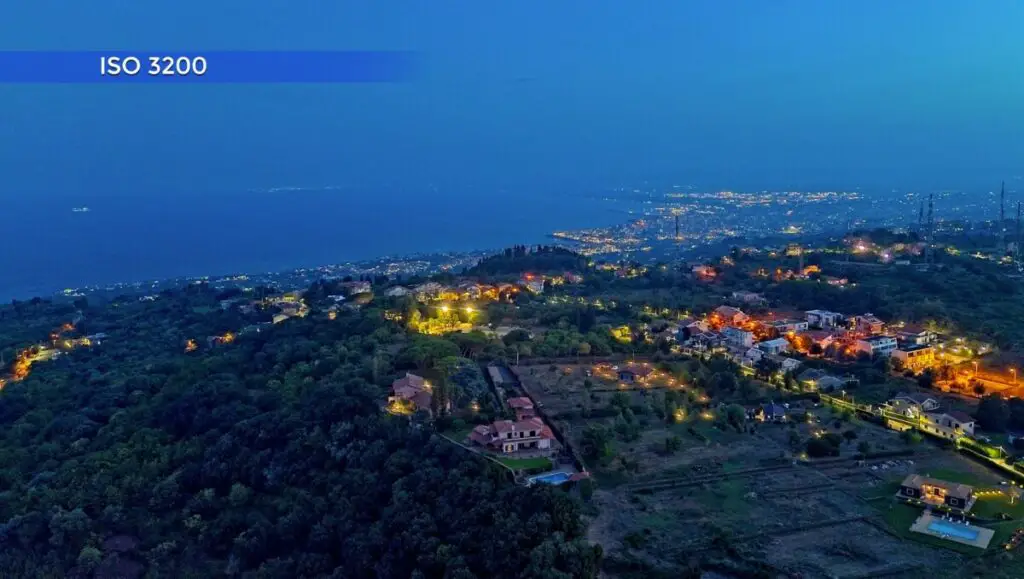
The Mini 3 Pro in the normal single photo mode produces noiseless images at any ISO level from 100 to 3200. This is an astonishing achievement due in part to the extensive aperture of the lens

In low-light situations, the 48 MP mode of the Mini 3 Pro produces images with darker shadows and a tendency to develop some chromatic noise
There is also often luminance noise in uniform areas like the sky or the sea
This is not surprising, as several high-end video cameras adopt the opposite strategy: they offer a reduced amount of pixels compared to what the sensor size would normally allow, to increase the size of the pixels for better performance in low light
More detail about Night photography with the Mini 3 Pro in my specific article
AEB and Panorama in 48MP mode
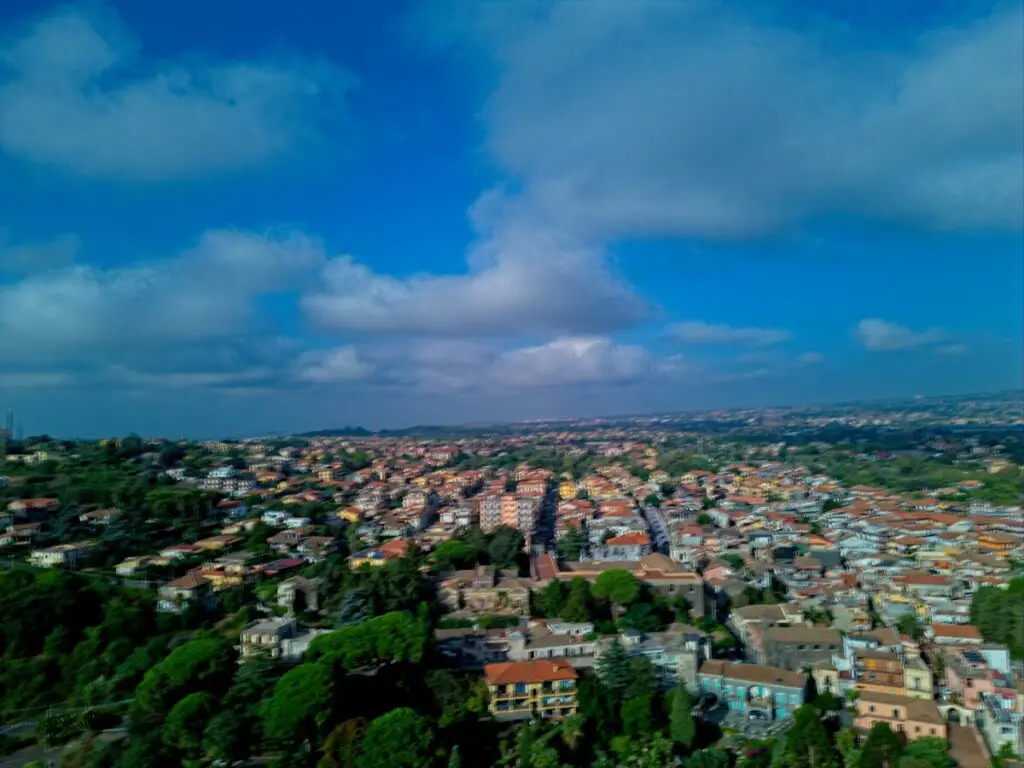
Automatic Exposure Bracketing
I have tried to take bracketed photos in 48 MP mode. I had to do it manually by modifying the value for shutter speed each time for five photos
The results are not satisfying, as there is a lapse of a few seconds between each shot, therefore the drone drifts a little bit, and some elements in the images may move
The merged images contain a good amount of ghosting that ruins the final result
More details about AEB photography with the Mini 3 Pro

Panorama
I have tried a manual panorama using seven vertical 48 MP images
The result is excellent with huge resolution and plenty of detail
This is an interesting way to use 48MP photos, especially for large prints but only in friendly light conditions
More details about Panorama photography with the Mini 3 Pro
